In today’s digital landscape, search engine optimization (SEO) plays a crucial role in determining the visibility and success of a website. With billions of websites vying for attention, effective SEO strategies can help businesses and content creators stand out in search engine results pages (SERPs). By optimizing their online presence, organizations can attract more organic traffic, enhance user experience, and ultimately drive conversions.
What is White Hat SEO?
White hat SEO refers to the ethical and transparent practices used to improve a website’s ranking on search engines while adhering to their guidelines. These techniques focus on providing value to users and enhancing their experience rather than trying to manipulate search algorithms. Common white hat strategies include creating high-quality content, optimizing website structure, and earning backlinks from reputable sites.
The Importance of Ethical SEO Practices
Adopting white hat SEO practices is not just about compliance with search engine guidelines; it is essential for building a sustainable online presence. Unlike black hat SEO, which employs deceptive tactics to gain quick rankings, white hat methods prioritize long-term success. Ethical practices help establish trust and credibility with both users and search engines, leading to more meaningful engagement and customer loyalty. Moreover, websites that utilize white hat SEO are less likely to face penalties or sudden drops in rankings, ensuring that their efforts yield consistent, long-lasting results.
By understanding the fundamentals of white hat SEO and committing to ethical practices, businesses can navigate the complex world of SEO with confidence, setting themselves up for future growth and success.
Success is waiting for those who dare to take action. Click here to start now!
Try Wealthy Affiliate (For Free).
What is White Hat SEO?
Definition of White Hat SEO
White hat SEO encompasses ethical optimization techniques that align with the guidelines set by search engines like Google. These practices aim to enhance the user experience, provide valuable content, and build authority through genuine engagement. Key characteristics of white hat SEO include focusing on quality content creation, proper keyword usage, and earning backlinks through merit rather than manipulation. By adhering to these principles, websites can improve their search rankings sustainably and ethically.
Difference Between White Hat, Black Hat, and Gray Hat SEO
To fully understand white hat SEO, it’s essential to differentiate it from its counterparts—black hat and gray hat SEO.
- White Hat SEO: As mentioned, these are ethical practices that comply with search engine guidelines. The goal is to provide value to users, focusing on creating high-quality content and a positive user experience. White hat SEO techniques often yield long-term benefits and contribute to a website’s credibility and trustworthiness.
- Black Hat SEO: In stark contrast, black hat SEO involves deceptive tactics aimed at manipulating search engine algorithms for quick gains. Common black hat techniques include keyword stuffing, cloaking, and using link farms. While these methods might lead to immediate improvements in rankings, they come with significant risks, including penalties from search engines, which can result in a website being removed from search results altogether.
- Gray Hat SEO: Gray hat SEO occupies a middle ground between white and black hat practices. It consists of techniques that may not be explicitly forbidden by search engines but can still be considered unethical or risky. For instance, some strategies might involve using slightly misleading tactics to gain rankings. While gray hat practices can yield results, they often carry the risk of eventual penalties, making them less reliable than white hat approaches.
Why Google Encourages White Hat SEO Practices
Google’s primary goal is to provide users with the best possible search experience. To achieve this, the search engine actively promotes white hat SEO techniques. Here are a few reasons why Google encourages these practices:
- User-Centric Focus: White hat SEO prioritizes the needs and preferences of users, resulting in content that genuinely satisfies search intent. This approach leads to higher user satisfaction, reducing bounce rates and increasing engagement.
- Trust and Credibility: By promoting ethical practices, Google helps maintain a trustworthy online environment. Websites that adhere to white hat SEO standards are more likely to earn credibility and authority in their respective fields, fostering a positive reputation.
- Long-Term Stability: White hat SEO strategies focus on sustainable growth rather than quick wins. This stability benefits both users and search engines, ensuring that quality content remains visible and accessible over time.
- Algorithm Updates: Search engines frequently update their algorithms to improve the quality of search results. Websites employing white hat techniques are more resilient to these changes, while those using black hat strategies often face penalties or significant ranking drops.
The Key Principles of White Hat SEO
White hat SEO is built on several core principles that focus on ethical practices and long-term success. By adhering to these guidelines, businesses can improve their search visibility while providing value to their users. Let’s explore these key principles in detail.
Quality Content Creation
- Creating Content that Satisfies User Intent:
Understanding user intent is crucial in content creation. User intent refers to the reason behind a search query—whether users are looking for information, seeking to make a purchase, or wanting to navigate to a specific site. High-quality content should address these intents effectively, providing comprehensive answers, actionable insights, or solutions. By aligning your content with what users are searching for, you increase engagement and encourage visitors to stay on your site longer. - Importance of Fresh, Original, and Valuable Content:
Search engines prioritize unique and valuable content that adds to the existing knowledge base. Fresh content signals to search engines that your website is active and relevant. Regularly updating existing content and creating new articles or blog posts not only keeps your audience engaged but also improves your chances of ranking higher in search results. Valuable content can take many forms—informative articles, engaging videos, infographics, or how-to guides. The key is to ensure that your content is both informative and easy to consume.
Keyword Research & Optimization
- Importance of Ethical Keyword Targeting:
Effective keyword research helps you identify the terms and phrases that your target audience is using in their search queries. Ethical keyword targeting involves selecting keywords that are relevant to your content and audience without resorting to manipulation or keyword stuffing. Tools like Google Keyword Planner, SEMRush, and Ahrefs can help you find the right keywords with appropriate search volume and competition levels. - Proper Keyword Placement:
Once you have identified your target keywords, strategic placement is essential for optimizing your content. Ensure that your primary keywords are included in the following areas:
- Titles: Make your title compelling and relevant to the content.
- Meta Descriptions: Use your primary keyword to enhance click-through rates from search results.
- Headers: Incorporate keywords in header tags (H1, H2, H3) to organize content and improve readability.
- Content: Naturally weave keywords into the body of your content while avoiding overuse, which can harm readability and lead to penalties.
Affiliate Disclosure: Some of the links in this post are affiliate links, meaning I may earn a commission if you make a purchase. These resources offer free training and tools to help you succeed online.
Try Wealthy Affiliate (For Free).
Mobile-Friendly Optimization
- Ensuring a Responsive Website Design:
With the increasing use of mobile devices for browsing, having a responsive website design is paramount. A responsive design adjusts to various screen sizes, ensuring a seamless user experience across devices. This adaptability not only improves user engagement but also helps reduce bounce rates, as users are less likely to leave your site due to poor mobile usability. - How Mobile-First Indexing Impacts Rankings:
Google employs mobile-first indexing, meaning it primarily uses the mobile version of a website for indexing and ranking. Therefore, if your website is not optimized for mobile users, you risk lower search rankings. Ensuring that all content, images, and functionalities are easily accessible on mobile devices is crucial for maintaining your site’s visibility in search results.
User Experience (UX)
- Website Speed Optimization:
Page load speed is a critical factor in user experience and SEO. A slow-loading website can lead to higher bounce rates and lower user satisfaction. Tools like Google PageSpeed Insights and GTmetrix can help you analyze your site’s performance and identify areas for improvement. Implementing strategies such as compressing images, leveraging browser caching, and reducing server response times can significantly enhance your website’s speed. - Clear Navigation and Site Architecture:
A well-structured website with intuitive navigation improves user experience by making it easier for visitors to find what they need. Use a logical hierarchy in your site architecture, with clear categories and subcategories. Ensure that your main menu is easy to navigate, and include a search function to assist users in locating specific content. This clarity not only enhances user satisfaction but also helps search engines crawl your site more effectively.
Link Building Best Practices
- Importance of Earning Backlinks Naturally:
Backlinks are links from other websites that point to your content, and they play a significant role in improving your site’s authority and search rankings. White hat SEO focuses on earning backlinks through quality content, outreach, and relationship-building, rather than engaging in manipulative practices like buying links or using link farms. - Focusing on High-Quality, Relevant Sites:
When pursuing backlinks, aim for high-quality, relevant sites within your niche. A link from a reputable source carries more weight than multiple links from low-quality sites. Strategies for earning backlinks include guest blogging, collaborating with influencers, participating in industry forums, and creating shareable content like infographics and research studies. Building relationships with other content creators can also lead to organic backlink opportunities.
Benefits of White Hat SEO
Implementing white hat SEO practices offers numerous advantages that contribute to the overall success of a website. Here, we delve into some of the key benefits, highlighting why ethical optimization is essential for long-term growth and sustainability.
Long-Term Ranking Stability
- Why White Hat SEO Leads to Sustainable Rankings:
One of the primary benefits of white hat SEO is the potential for long-term ranking stability. Unlike black hat techniques that may yield quick results but are fraught with risk, white hat practices focus on building a strong foundation for your website. By prioritizing high-quality content, user experience, and ethical link-building, you create a site that naturally attracts organic traffic over time.
Search engines, particularly Google, reward websites that follow their guidelines and provide genuine value to users. As these sites accumulate authority and trust, they are more likely to maintain their positions in search results, even amid algorithm updates. This stability not only boosts visibility but also ensures that the investment you make in content and optimization continues to pay off in the long run.
Avoiding Google Penalties
- Risks of Black Hat Techniques and the Consequences of Penalties:
The allure of quick rankings through black hat SEO tactics can be tempting for some. However, engaging in such practices can lead to severe consequences. Search engines like Google are continuously updating their algorithms to detect and penalize sites that employ manipulative techniques, such as keyword stuffing, cloaking, or purchasing links.
When a site is penalized, it can experience significant drops in rankings, resulting in a loss of traffic, credibility, and revenue. In extreme cases, websites may be completely removed from search results, making recovery extremely difficult and time-consuming. By sticking to white hat SEO practices, you avoid the risks associated with penalties, ensuring that your efforts lead to sustainable growth rather than temporary gains.
Building Trust and Credibility
- User Satisfaction and Its Impact on Brand Reputation:
Trust and credibility are invaluable assets in the online landscape, and white hat SEO practices play a pivotal role in fostering them. By prioritizing user satisfaction through quality content, clear navigation, and a positive user experience, businesses can establish themselves as reputable sources of information within their niche.
When users find your content helpful and reliable, they are more likely to return, engage with your brand, and share your content with others. This organic engagement not only boosts your visibility but also enhances your brand’s reputation in the eyes of potential customers. Moreover, search engines favor websites that prioritize user satisfaction, further reinforcing your site’s credibility and authority.
Trust is also built through transparency and ethical practices. By openly sharing valuable information and avoiding manipulative tactics, businesses can cultivate a loyal audience that feels confident in their offerings. This trust translates into higher conversion rates, repeat customers, and a strong brand presence in the competitive digital marketplace.
White Hat SEO Strategies for 2024 and Beyond
As search engine algorithms continue to evolve, so do the strategies that businesses must adopt to stay competitive. In 2024 and beyond, implementing effective white hat SEO strategies will be crucial for maintaining visibility and relevance. Here are some key strategies to consider:
Focus on E-A-T (Expertise, Authority, Trustworthiness)
- How to Demonstrate Expertise Through Quality Content and Authoritative Backlinks:
E-A-T is a critical concept emphasized by Google’s Quality Rater Guidelines. It represents the need for websites to demonstrate Expertise, Authority, and Trustworthiness in their content. To enhance E-A-T, focus on the following:- Quality Content: Create in-depth, informative content that showcases your knowledge and understanding of your niche. This includes citing credible sources, providing actionable insights, and addressing user intent comprehensively. Consider collaborating with industry experts or including their quotes to bolster credibility.
- Authoritative Backlinks: Earning backlinks from high-authority websites can significantly enhance your site’s credibility. Engage in outreach efforts to connect with reputable sites, guest post on relevant blogs, or participate in industry forums. Aim for quality over quantity, ensuring that the sites linking to you are recognized as authoritative within your field.
- Author Bios and Credentials: Including author bios that highlight qualifications and expertise can also reinforce trustworthiness. Displaying credentials, affiliations, or certifications can help establish your authority in the subject matter.
Voice Search Optimization
- Adapting Your SEO Strategy for Voice Queries:
With the rise of voice-activated devices and smart speakers, optimizing for voice search is becoming increasingly important. Voice search queries tend to be more conversational and longer than text-based searches. Here’s how to adapt your SEO strategy:- Use Natural Language: Optimize your content to reflect the way people naturally speak. This means incorporating more long-tail keywords and phrases that align with everyday language. Consider common questions users might ask and structure your content to answer these inquiries.
- Optimize for Local Search: Many voice searches are location-based, so ensure your business information is accurate and consistent across all platforms. Use local keywords, and create content that addresses local topics or events relevant to your audience.
- Featured Snippets: Aim for featured snippets, as these often get read aloud by voice assistants. Structuring your content to answer specific questions concisely and clearly can increase your chances of being featured.
Financial freedom is closer than you think. Click here to start your journey!
Try Wealthy Affiliate (For Free).
Core Web Vitals
- Optimizing Page Experience Metrics (Loading, Interactivity, Visual Stability):
Core Web Vitals are a set of performance metrics introduced by Google to evaluate the user experience of a webpage. These metrics focus on loading speed, interactivity, and visual stability. To optimize for Core Web Vitals, consider the following:- Loading Speed (LCP – Largest Contentful Paint): Ensure your largest content elements load quickly. This can involve optimizing images, leveraging browser caching, and minimizing server response times. Tools like Google PageSpeed Insights can help you identify areas for improvement.
- Interactivity (FID – First Input Delay): Reduce the time it takes for a page to become interactive. This can be achieved by minimizing JavaScript execution time, optimizing resource loading, and utilizing techniques like lazy loading.
- Visual Stability (CLS – Cumulative Layout Shift): Prevent unexpected layout shifts by using size attributes for images and video elements. Ensure that advertisements or embedded content do not push the main content down unexpectedly, which can lead to a frustrating user experience.
Content Optimization for Featured Snippets
- Structuring Content to Appear in Featured Snippets:
Featured snippets provide concise answers to user queries, often appearing at the top of the search results. Optimizing your content for featured snippets can significantly boost visibility. Here’s how to do it:- Identify Snippet Opportunities: Use keyword research tools to identify questions that often trigger featured snippets. Focus on keywords with high search volumes and low competition to maximize your chances of being featured.
- Provide Clear, Concise Answers: Structure your content to answer specific questions directly. Use bullet points, numbered lists, or tables to present information clearly and succinctly. Aim for a summary or conclusion that directly addresses the query.
- Use Header Tags Effectively: Utilize header tags (H2, H3) to organize your content and highlight key points. This helps search engines understand the structure of your content and increases the likelihood of being selected for a snippet.
Common Mistakes to Avoid in White Hat SEO
While implementing white hat SEO practices is essential for long-term success, certain common mistakes can undermine your efforts. Understanding and avoiding these pitfalls can help you maintain a strong online presence and achieve sustainable rankings. Let’s explore these mistakes in detail.
Keyword Stuffing
- How Over-Optimizing for Keywords Can Harm Your Rankings:
Keyword stuffing refers to the excessive use of keywords in your content with the intention of manipulating search rankings. While targeting relevant keywords is crucial for SEO, over-optimization can lead to several negative consequences.- Decreased Readability: Content that is stuffed with keywords often reads awkwardly, making it difficult for users to engage with. This can lead to higher bounce rates, as visitors are more likely to leave your site if they find the content unhelpful or difficult to read.
- Penalties from Search Engines: Search engines, particularly Google, have become increasingly sophisticated in detecting keyword stuffing. Engaging in this practice can result in penalties, causing your site to drop in rankings or even be removed from search results entirely.
- Natural Keyword Integration: Instead of stuffing keywords, aim for a more natural integration. Focus on creating valuable, informative content that answers user queries. Use variations and synonyms of your target keywords to improve the context and relevance of your writing while maintaining a smooth flow.
Ignoring Analytics
- Importance of Tracking and Analyzing User Behavior:
Analytics are vital for understanding how users interact with your website and assessing the effectiveness of your SEO strategies. Ignoring analytics can lead to missed opportunities for improvement and optimization.- Identifying Successful Content: By analyzing user behavior, you can determine which pieces of content are performing well and which are not. This insight allows you to focus your efforts on topics that resonate with your audience, helping you create more relevant content in the future.
- Understanding Traffic Sources: Analytics can help you identify where your traffic is coming from, whether it’s organic search, social media, or referrals. Understanding these sources allows you to optimize your marketing strategies and allocate resources effectively.
- Monitoring User Engagement: Tracking metrics such as bounce rates, average session duration, and page views can help you assess user engagement. If you notice high bounce rates or low time spent on your site, it may indicate that your content needs improvement or that the user experience requires optimization.
- Making Data-Driven Decisions: Ignoring analytics means relying on guesswork rather than data. Regularly reviewing analytics helps you make informed decisions, allowing you to adapt your strategies based on real user behavior and preferences.
Focusing on Quantity Over Quality in Content
- Why Thin Content Is Harmful, and How to Avoid It:
In the quest for visibility, some businesses may prioritize creating a high volume of content over its quality. However, producing thin or low-quality content can be detrimental to your SEO efforts.- Impact on User Experience: Thin content that lacks depth or valuable information fails to meet user expectations. Visitors seeking comprehensive answers are likely to leave your site quickly, leading to higher bounce rates and lower rankings.
- Reduced Authority and Credibility: Consistently publishing low-quality content can harm your website’s authority. Search engines favor sites that provide valuable, insightful, and well-researched content. By focusing on quality, you can establish your site as a credible source in your niche.
- Building a Content Strategy: To avoid producing thin content, focus on creating in-depth articles that provide substantial value to your audience. Research topics thoroughly, incorporate data and examples, and ensure that your content addresses user intent effectively. Aim for content that is at least 1,000 to 2,000 words long, as longer articles tend to perform better in search rankings.
- Regularly Update Existing Content: Periodically revisiting and updating older content can also help enhance quality. Adding new insights, statistics, or recent developments can improve its relevance and effectiveness.
The future is yours to shape. Build your online business today!
Try Wealthy Affiliate (For Free).
Tools for White Hat SEO Success
To effectively implement white hat SEO strategies, leveraging the right tools is essential. These tools can help you monitor site performance, track user behavior, conduct keyword research, and analyze backlinks. Here’s an overview of some of the most valuable tools for achieving white hat SEO success:
Google Search Console
- How to Use It for Keyword Performance and Site Health Monitoring:
Google Search Console (GSC) is a free tool provided by Google that allows webmasters to monitor and maintain their site’s presence in search results. Here’s how to utilize it effectively:- Keyword Performance Tracking: GSC provides insights into which keywords are driving traffic to your site. By navigating to the “Performance” report, you can see metrics like clicks, impressions, click-through rates (CTR), and average position for your indexed pages. This data allows you to identify which keywords are performing well and which need optimization.
- Site Health Monitoring: GSC helps you monitor the overall health of your website. It alerts you to issues such as crawl errors, indexing problems, and mobile usability concerns. By regularly checking the “Coverage” and “Enhancements” sections, you can address these issues promptly to maintain a healthy site.
- Sitemaps and URL Inspection: Submitting sitemaps through GSC ensures that search engines can easily discover and crawl your content. Additionally, the URL Inspection tool allows you to check how Google views specific pages, helping you identify and rectify any issues impacting their visibility.
Google Analytics
- Tracking Traffic, User Behavior, and Content Performance:
Google Analytics is another essential tool that provides in-depth insights into your website’s performance. Here’s how to make the most of it:- Traffic Analysis: Google Analytics tracks the number of visitors to your site, their sources (organic, referral, social, etc.), and the pages they visit. Understanding where your traffic is coming from helps you optimize your marketing efforts and focus on high-performing channels.
- User Behavior Tracking: By examining metrics such as bounce rate, average session duration, and pages per session, you can gauge user engagement and identify areas for improvement. High bounce rates or low session durations may indicate that users are not finding what they need on your site.
- Content Performance Assessment: The “Behavior” section of Google Analytics provides insights into how individual pages are performing. By analyzing which pages attract the most traffic and retain users, you can identify successful content strategies and replicate them in future content.
- Goal Tracking: Setting up goals in Google Analytics allows you to measure conversions and track user actions, such as sign-ups, downloads, or purchases. This data is crucial for evaluating the effectiveness of your SEO strategies in driving meaningful user interactions.
SEMRush or Ahrefs
- Tools for Keyword Research and Backlink Analysis:
SEMRush and Ahrefs are powerful SEO tools that provide comprehensive features for keyword research and backlink analysis. Here’s how to use them:- Keyword Research: Both SEMRush and Ahrefs allow you to discover relevant keywords based on search volume, keyword difficulty, and competitive analysis. You can explore long-tail keywords, related questions, and content ideas that align with your target audience’s interests. This information helps you craft content that effectively meets user intent.
- Backlink Analysis: Backlinks play a significant role in SEO, and both tools provide insights into your site’s backlink profile. You can analyze the quantity and quality of backlinks, identify referring domains, and track your site’s authority metrics. Understanding your backlink profile helps you focus on building high-quality links from reputable sources.
- Competitor Analysis: SEMRush and Ahrefs allow you to analyze your competitors’ SEO strategies, including their top-performing keywords and backlinks. This competitive intelligence helps you identify gaps in your own strategy and discover new opportunities for growth.
- Site Audits: Both tools offer site audit features that analyze your website for SEO issues such as broken links, missing meta tags, and duplicate content. Regularly conducting site audits can help you maintain optimal site health and improve your overall SEO performance.
Conclusion
In today’s competitive digital landscape, white hat SEO stands out as a sustainable and ethical approach to improving search rankings and enhancing user experience. Unlike black hat techniques, which may offer short-term gains but often lead to penalties and a damaged reputation, white hat SEO focuses on creating value for users while adhering to search engine guidelines. This commitment to ethical practices fosters trust with both users and search engines, establishing a solid foundation for long-term success.
The importance of white hat SEO cannot be overstated. By prioritizing quality content, optimizing for user experience, and building natural backlinks, businesses can achieve higher search rankings that are more stable and resilient to algorithm changes. Sustainable SEO practices not only drive organic traffic but also lead to improved user engagement and satisfaction, ultimately translating into higher conversion rates and customer loyalty.
As the digital landscape continues to evolve, staying updated with SEO trends and best practices is essential for maintaining a competitive edge. Search engine algorithms are constantly changing, and new technologies, such as voice search and AI-driven content generation, are reshaping how users interact with online information. By remaining informed about these developments, businesses can adapt their strategies accordingly and ensure they are utilizing the most effective tactics to reach their audience.
In conclusion, embracing white hat SEO is not just a smart choice for improving search rankings; it’s a commitment to delivering genuine value to users and fostering a positive online environment. As you navigate your SEO journey, prioritize ethical practices, invest in quality content, and continuously monitor your performance. By doing so, you’ll not only enhance your visibility in search results but also build a reputable brand that users can trust.
Stop wishing for success—start working for it. Click here to begin!
Try Wealthy Affiliate (For Free).
We’d love to hear from you! Have you implemented white hat SEO strategies in your own projects? What challenges have you faced, or what successes have you achieved? Feel free to share your experiences or any questions you may have in the comments below. Let’s engage in a conversation and learn from one another as we navigate the world of ethical SEO together!
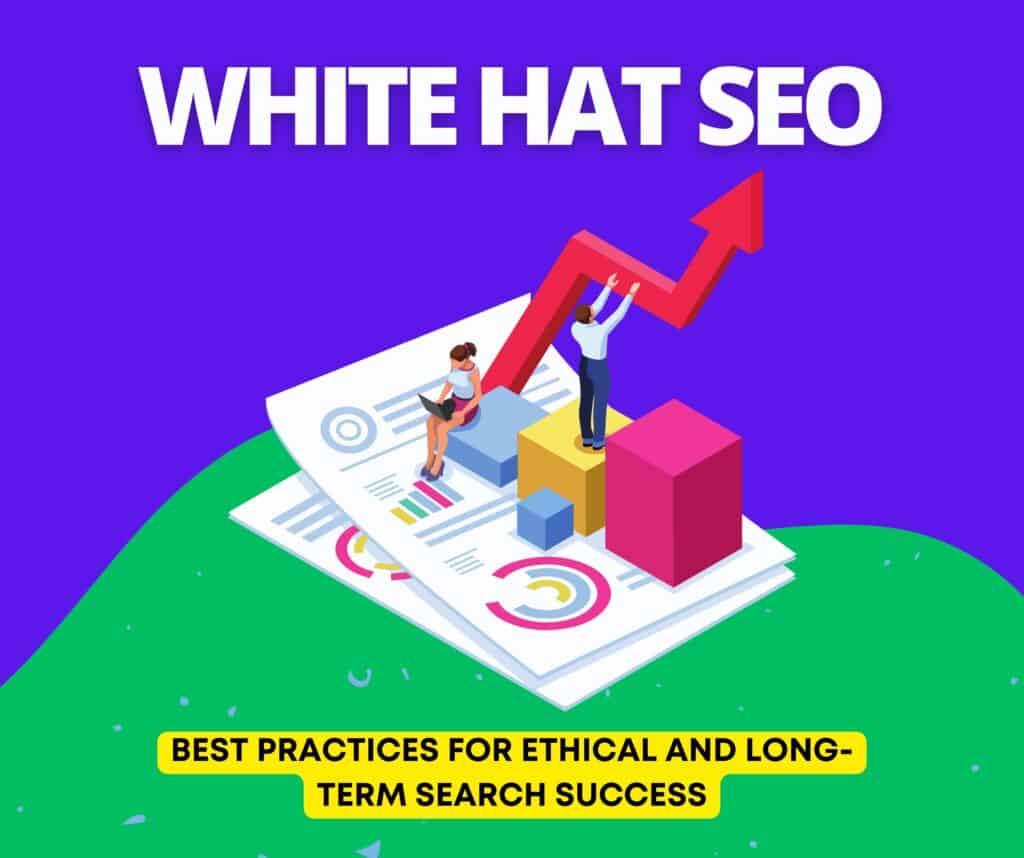
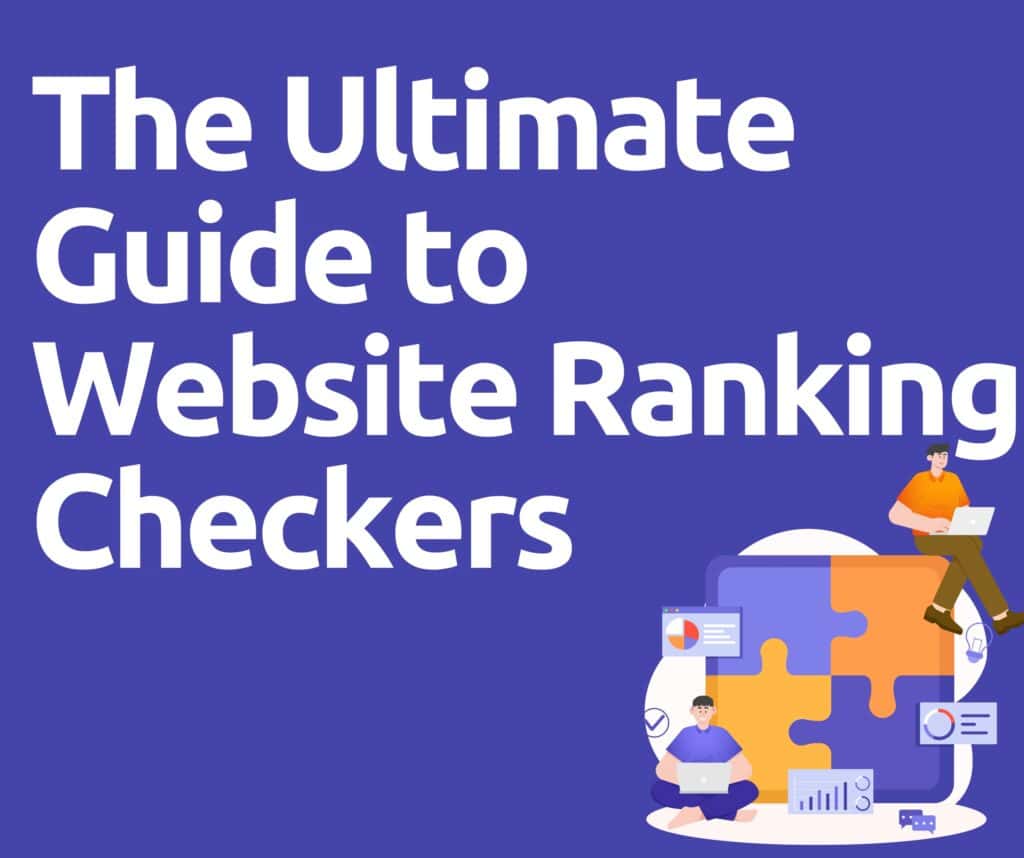
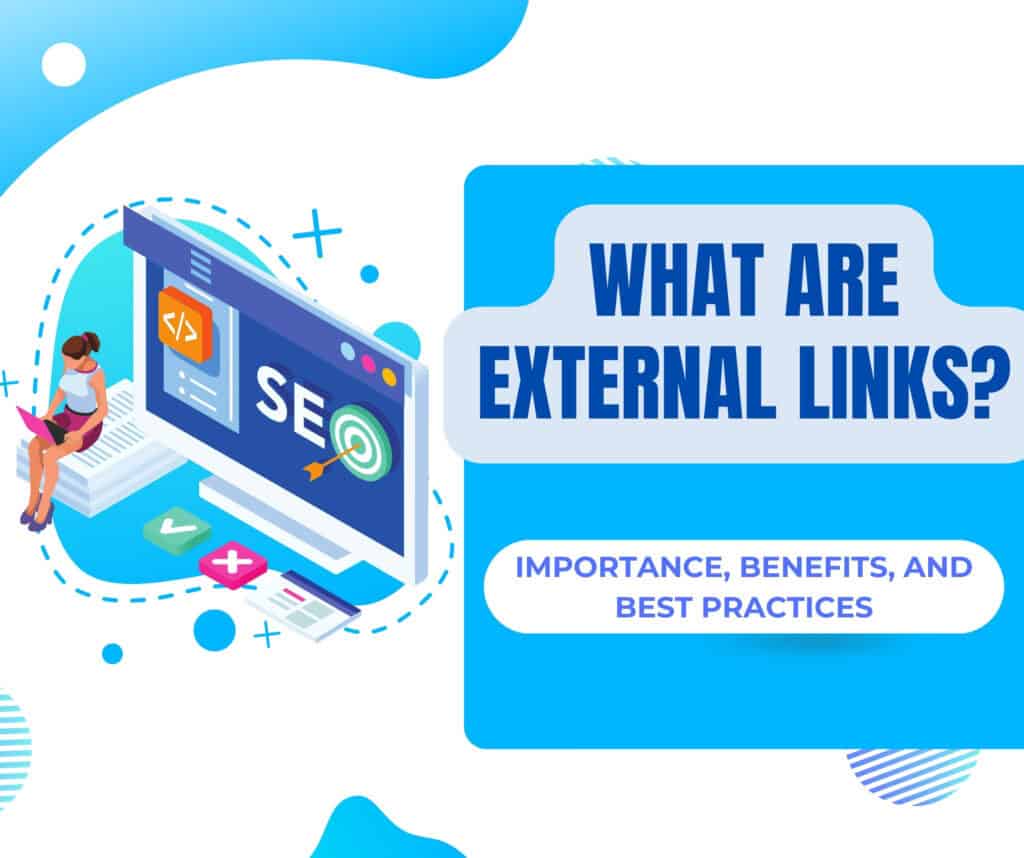
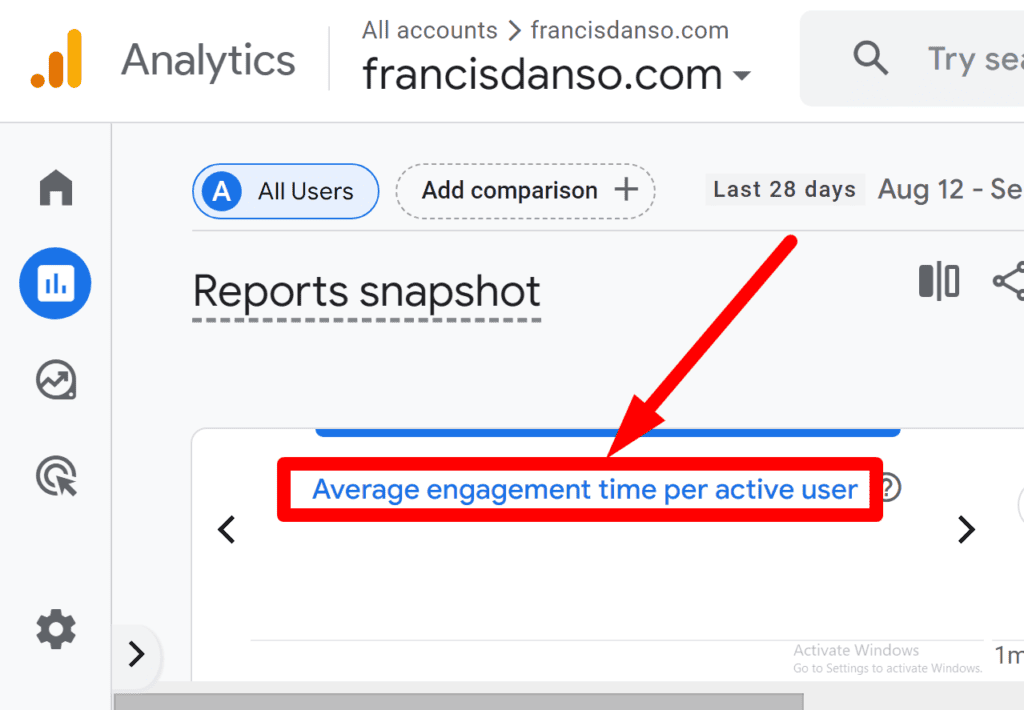
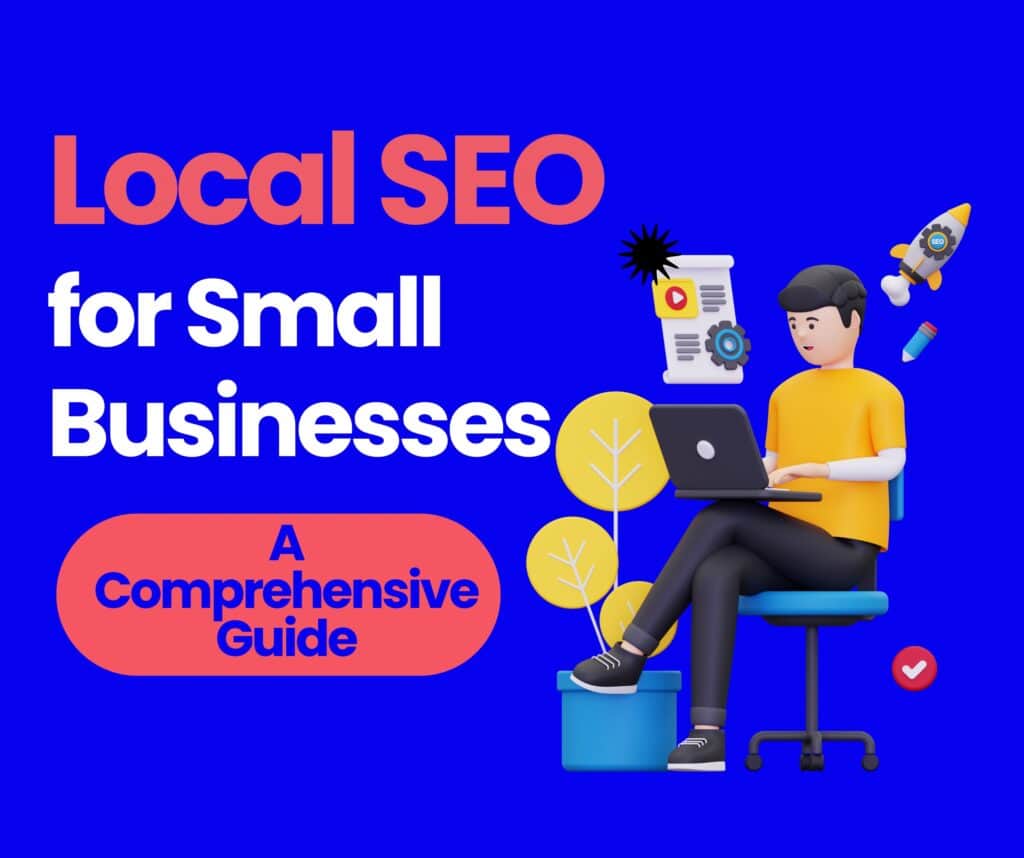
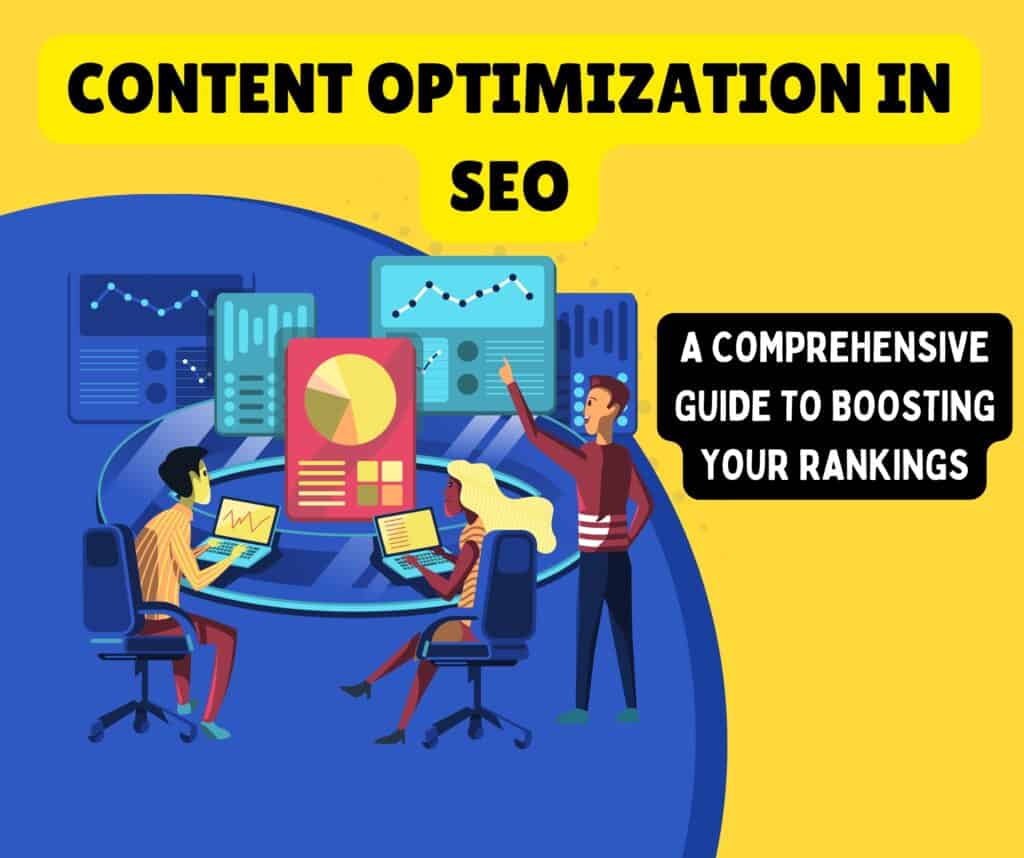
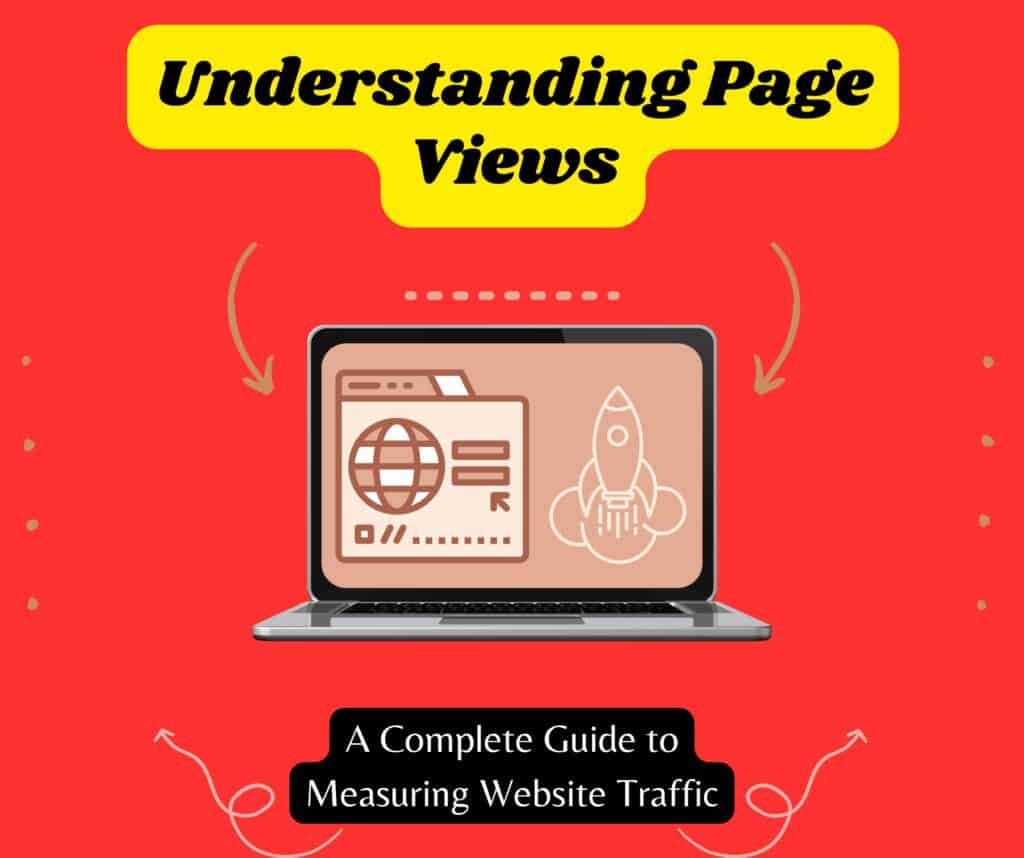

Good site! I really love how it is easy on my eyes and the data are well written. I’m wondering how I could be notified when a new post has been made. I have subscribed to your RSS which must do the trick! Have a nice day!
Hey! This is my first comment here so I just wanted to give a quick shout out and tell you I genuinely enjoy reading your articles. Can you recommend any other blogs/websites/forums that go over the same subjects? Thank you!
For the reason that the admin of this site is working, no uncertainty very quickly it will be renowned, due to its quality contents.
I’m impressed, I have to say. Really not often do I encounter a weblog that’s each educative and entertaining, and let me inform you, you may have hit the nail on the head. Your thought is excellent; the issue is something that not sufficient persons are talking intelligently about. I am very happy that I stumbled throughout this in my seek for something referring to this.
I’ve been absent for some time, but now I remember why I used to love this web site. Thanks, I will try and check back more frequently. How frequently you update your site?
Your attention to detail is impressivethis article covers everything I needed to know and more. Thanks for making such a helpful guide!
Hello.This article was extremely remarkable, especially since I was searching for thoughts on this topic last couple of days.